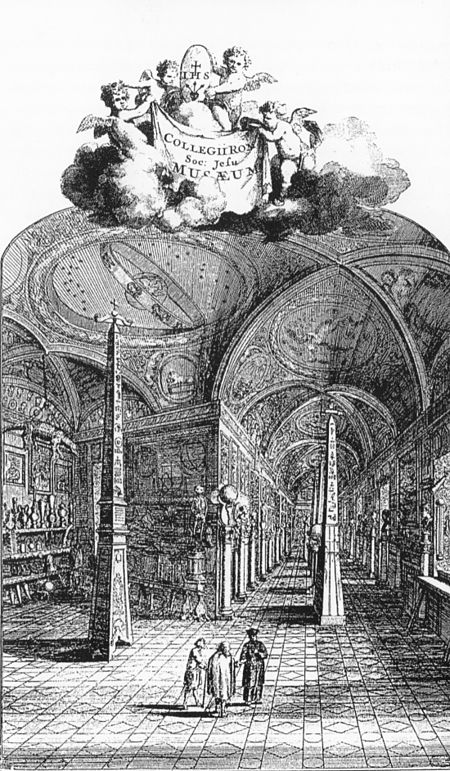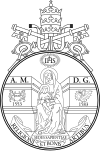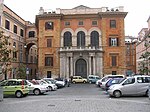Kircherian Museum
Athanasius KircherMuseums in Rome

The Kircherian Museum was a public collection of antiquities and curiosities, a Wunderkammer, founded in 1651 by the Jesuit father Athanasius Kircher in the Roman College. Considered the first museum in the world, its collections were gradually dispersed over the centuries.
Excerpt from the Wikipedia article Kircherian Museum (License: CC BY-SA 3.0, Authors, Images).Kircherian Museum
Piazza della Pilotta, Rome Municipio Roma I
Geographical coordinates (GPS) Address Nearby Places Show on map
Geographical coordinates (GPS)
| Latitude | Longitude |
|---|---|
| N 41.8989 ° | E 12.4845 ° |
Address
Pontificia Università Gregoriana
Piazza della Pilotta 4
00187 Rome, Municipio Roma I
Lazio, Italy
Open on Google Maps









